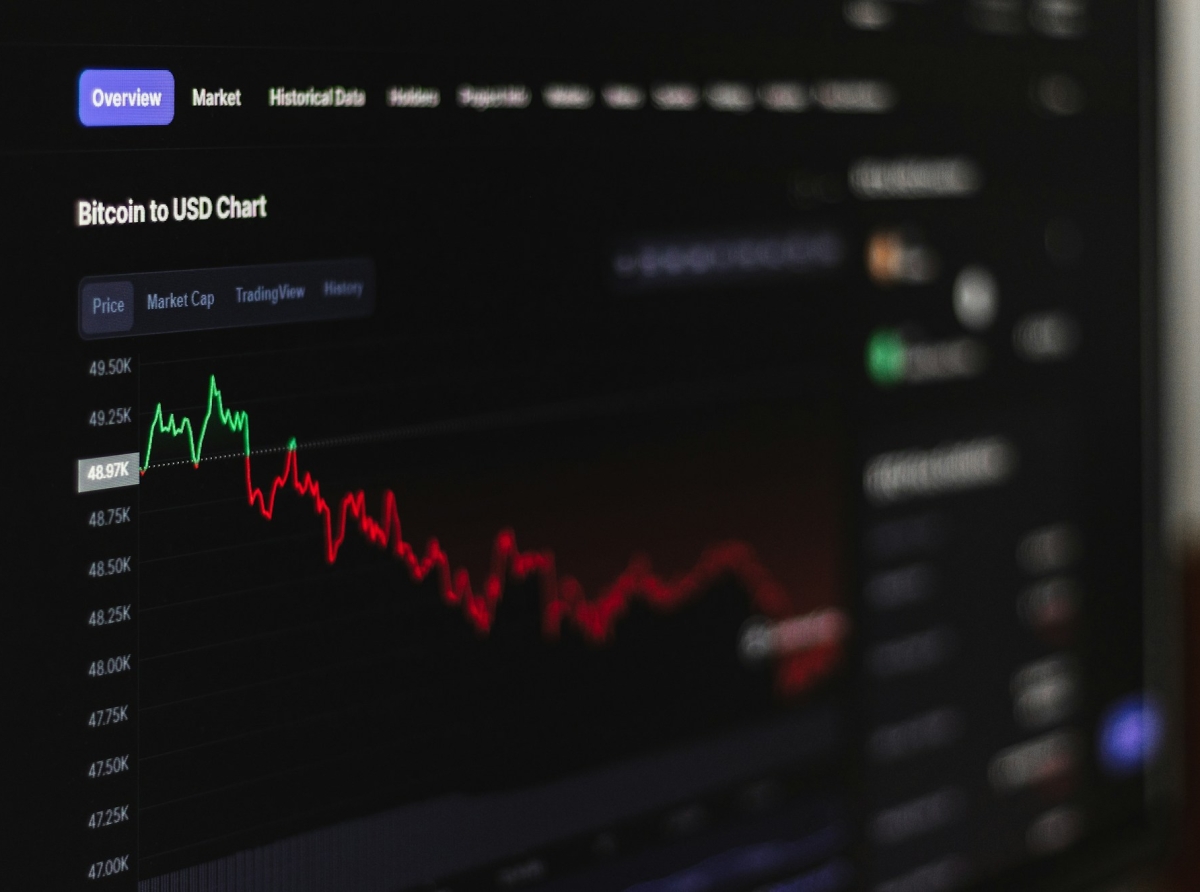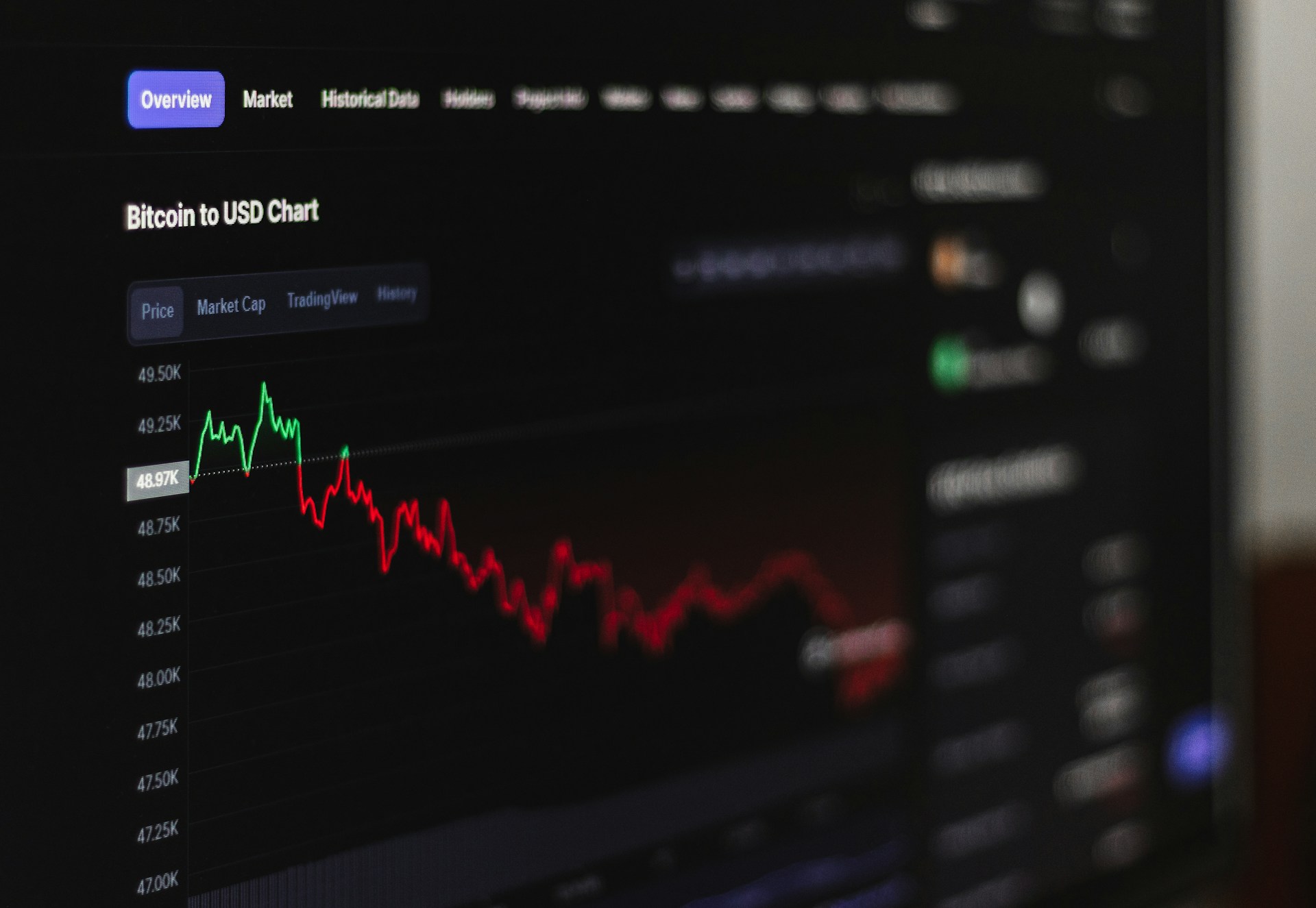The Synergy and Strife of Cryptocurrencies and Forex Trading

The Synergy and Strife of Cryptocurrencies and Forex Trading
In the vast expanse of financial markets, two stars have been shining with particular intensity in recent years: the traditional Foreign Exchange (Forex) market and the burgeoning realm of cryptocurrencies. The Forex market, a stalwart in the financial cosmos, is known for its staggering daily trading volume that exceeds $6 trillion. It’s a marketplace where national currencies are exchanged 24 hours a day, five days a week, facilitating international trade and investment on an unparalleled scale.

The Synergy and Strife of Cryptocurrencies and Forex Trading
Fundamentals of Forex Trading
Forex trading operates as the very pulse of global commerce. At its core, it’s the act of buying one currency while simultaneously selling another. This global structure is intricately woven with an array of major currencies like the US Dollar (USD), Euro (EUR), and Japanese Yen (JPY), which are traded in pairs and quoted to four decimal places. The first currency in the pair is called the base currency, and the second is called the quote currency.Traders are attracted to Forex because it operates around the clock, with main trading centers spread across different time zones—London, New York, Tokyo, and Sydney. This ensures that at any given moment during the week, somewhere on earth a financial center is open for business. Pivotal concepts such as leverage—which allows traders to control large positions with relatively small capital—and spreads—the difference between bid and ask prices—are fundamental to understanding how Forex operates. Liquidity in this market enables tight spreads and allows large volumes to be transacted without significant price impacts.
Cryptocurrency Markets Functionality
Cryptocurrencies have emerged as a digital alternative to traditional money—decentralized assets that exist on blockchain technology’s cutting-edge framework. A blockchain is essentially a distributed ledger that records all transactions across a network of computers, ensuring security and transparency without requiring central authority.Unlike traditional exchanges, decentralized exchanges (DEXs) operate without a central authority facilitating trades directly between users through smart contracts on blockchains like Ethereum. These platforms often provide increased privacy and security but may lack some regulatory safeguards.
The volatility factors in cryptocurrency markets can be extreme due to their nascent nature, evolving regulatory landscape, market sentiment influences, and technological advancements or setbacks. Cryptocurrency trading platforms range from user-friendly apps for casual investors to sophisticated software for professional traders.
Comparative Analysis
Both Forex trading and cryptocurrency trading carry their unique risk profiles; however, cryptocurrencies tend to be more volatile due to their smaller market size and speculative nature. For example, while major Forex pairs might move by fractions of a percent in a day, it’s not unusual for cryptocurrencies to see double-digit percentage movements within hours.Regulatory environments also differ significantly—Forex is heavily regulated by entities such as the Commodity Futures Trading Commission (CFTC) or Financial Conduct Authority (FCA), providing traders with certain protections. In contrast, cryptocurrency regulation varies considerably by country ranging from outright bans to welcoming approaches but generally lacks comprehensive international regulatory frameworks.
Market accessibility favors cryptocurrencies—with typically lower entry barriers than traditional Forex markets—and anyone with internet access can participate after undergoing potential KYC procedures required by certain platforms.
As for liquidity concerns though cryptocurrencies have seen increasing liquidity over time; they still fall short compared to the highly liquid Forex market. This discrepancy can impact price stability; sharp moves in cryptocurrencies can occur simply due to single large transactions.
Finally regarding global financial stability while fluctuations in major currencies can have far-reaching effects on economies around the world similar moves in cryptocurrency markets currently hold less systemic risk due primarily to their relative size compared to established financial systems…
Future Outlook
Convergence trends are emerging between these two worlds with some Forex brokers offering cryptocurrency trading alongside traditional currency pairs; this integration hints at future offerings like tokenized fiat currencies or cross-market platforms that may blur lines even further…In conclusion as we observe these two distinct facets of modern finance weaving ever closer it becomes increasingly important for traders investors and regulators alike to understand both spheres navigating opportunities risks while shaping what promises to be an intricate tapestry of tomorrow’s financial landscape…
Cryptocurrency, Forex trading, Comparative analysis, Financial markets, Trading convergence









Report
My comments